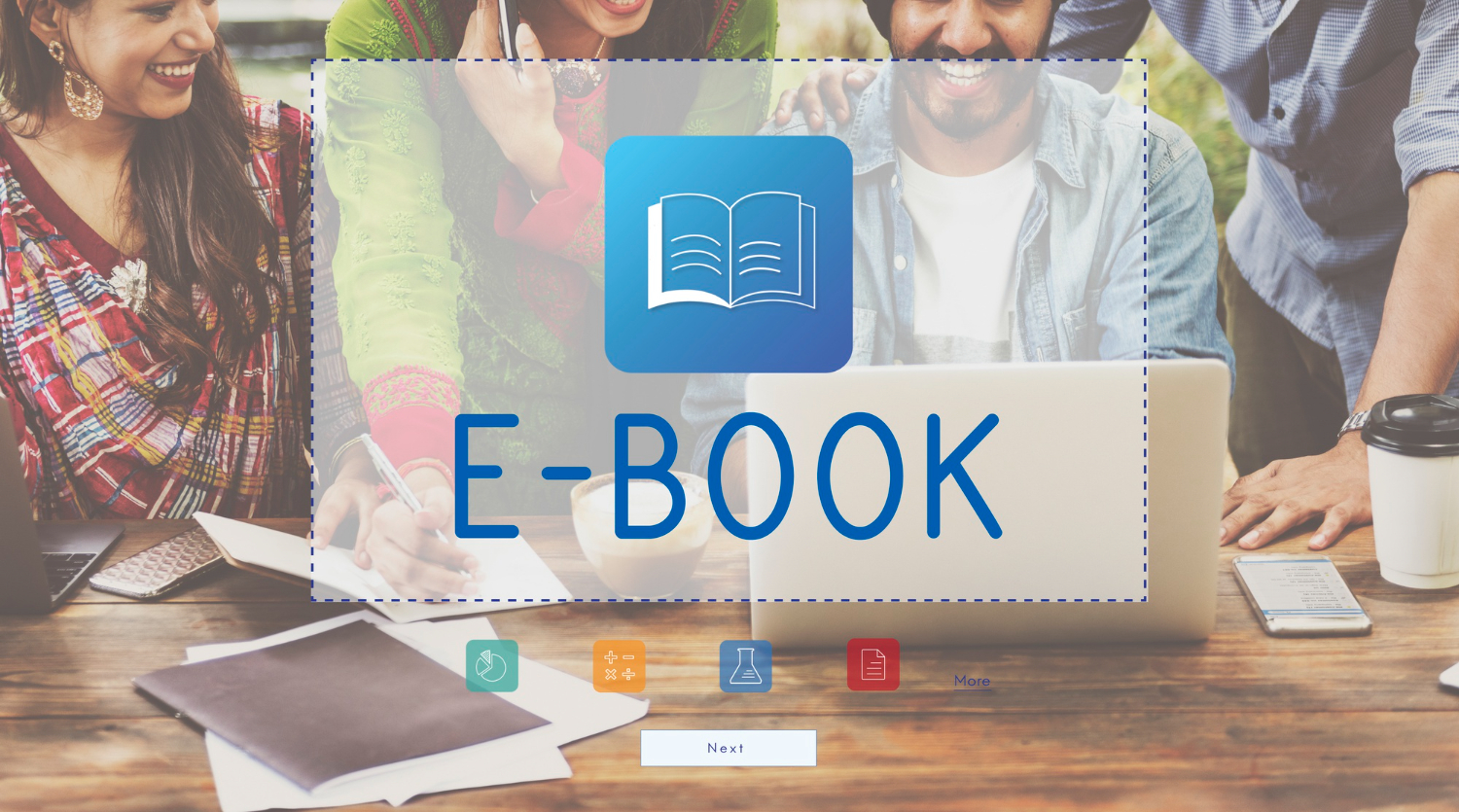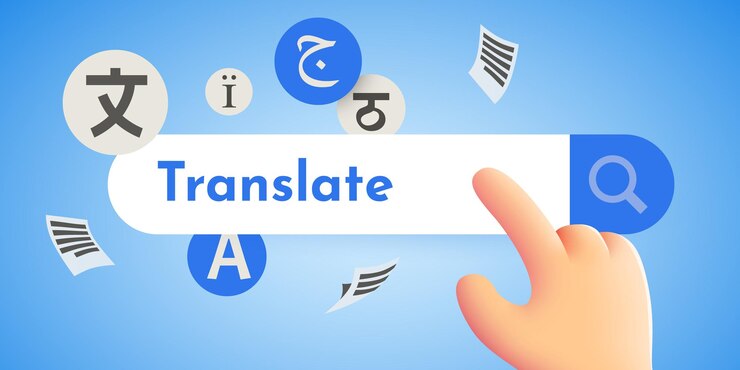When Reading Becomes a Puzzle
A few years ago, I stumbled upon a digital copy of a French novel I had always wanted to read. The problem? My French wasn’t strong enough to follow all the details. Excited, I quickly uploaded the eBook into an online translator. Within seconds, the text appeared in English — but it was a disaster. Sentences were broken, characters’ names were mistranslated, and the formatting looked like a jigsaw puzzle. Instead of enjoying the story, I spent more time fixing the translation than actually reading.
If you’ve ever faced the same challenge, you’re not alone. eBooks in languages like Spanish, German, Japanese, or even regional languages are often hard to enjoy because most translation tools either lose formatting or introduce errors. The good news? Today, there are multiple free tools to translate eBooks into English without errors if you know which ones to use and how to set them up.
Let’s break down why eBook translation is tricky, which tools really work, and step-by-step methods to keep your digital reading smooth.
Why eBook Translation Is More Complicated Than Simple Text
You might wonder: “Why can’t I just copy-paste the text into Google Translate?” Well, here’s why translating eBooks is harder than translating plain text:
- File Formats Matter – eBooks come in EPUB, MOBI, AZW, and PDF. Not all translation tools recognize these formats properly.
- Large File Sizes – Many eBooks are hundreds of pages long, and free translators struggle with large uploads.
- Complex Formatting – Tables, chapters, images, and annotations often break during translation.
- OCR for Scans – Some older eBooks are scanned copies (basically images). These require OCR before translation.
- Contextual Meaning – Automated tools sometimes mistranslate idioms, cultural references, or dialogue, which ruins the reading experience.
The challenge is not just getting a translation, but getting one that’s accurate, readable, and free of formatting chaos.
Step-by-Step Guide: How to Translate eBooks Without Errors
Here’s a practical roadmap:
Step 1: Identify Your eBook Format
- EPUB / MOBI → Common formats (Kindle, Kobo). Easier to work with.
- PDF → Preserves formatting but is harder for translators.
- Scanned eBook (Image-based) → Needs OCR software first.
Step 2: Choose a Free Translation Tool That Supports eBook Text
This is where most people go wrong. Not all translation apps handle long-form text well. Below, I’ll review the best free tools.
Step 3: Convert If Necessary
If your eBook is in MOBI but the tool accepts only EPUB or PDF, use free converters like Calibre or iLovePDF.
Step 4: Translate in Sections (if needed)
Large files overwhelm free translators. Breaking chapters into smaller chunks ensures better accuracy.
Step 5: Proofread & Compare
No matter how good the tool is, always re-read. Cross-check tricky sentences using a secondary tool.
Free Tools to Translate eBooks Into English Without Errors
Here’s the comparison table I built after testing multiple tools:
| Tool | Supported Formats | Formatting Preservation | Accuracy (1–10) | Best For |
|---|---|---|---|---|
| Google Translate (Docs Upload) | PDF, DOCX | Weak | 7 | Quick rough translation |
| DeepL Translator | PDF, DOCX (via conversion) | Strong | 9 | High accuracy, natural language |
| Calibre + Plugin (eBook Translator) | EPUB, MOBI | Good | 8 | Readers with eBook libraries |
| MateCat (CAT Tool) | PDF, DOCX | Excellent | 8 | Professionals, large eBooks |
| DocTranslator | PDF, DOCX | Good | 7.5 | Simple online use |
| OnlineOCR + Google Translate | Scanned PDFs | Moderate | 6 | Scanned eBooks |
| LingvaNex | EPUB, PDF | Good | 8 | Mobile users & offline reading |
Reviews of Each Tool
1. Google Translate The Everyday Choice
Google Translate is the most accessible option. I uploaded a short Japanese PDF, and it produced readable English text. But formatting? Gone. Chapter headings merged with paragraphs, and images disappeared. It’s okay for students needing fast translations but not ideal for serious reading.
Best for: Quick reference, not full eBooks.
2. DeepL Translator Best for Accuracy
DeepL consistently outperforms Google in natural-sounding translations. I tested a German history eBook. Not only was the grammar smooth, but idioms translated naturally (“Es regnet Katzen und Hunde” became “It’s raining cats and dogs”). Formatting was decent after converting the file to Word first.
Best for: Readers who value quality and nuance.
3. Calibre + Translator Plugin The Power Combo
If you’re an eBook enthusiast, you’ve probably used Calibre to organize your library. What many don’t know is that there’s a free plugin that integrates translation features. I tried it on a Spanish EPUB, and it preserved chapters, metadata, and layout.
Best for: Kindle or Kobo users with large eBook collections 4. MateCat – Professional-Grade Free Tool
MateCat is a CAT (Computer-Assisted Translation) tool used by professionals. I tested it with a 100-page French eBook. It kept formatting nearly intact and allowed me to edit terms on the fly. It’s not as beginner-friendly, but for academic or business users, it’s powerful.
Best for: Long, complex eBooks where formatting matters.
5. DocTranslator Browser-Based and Simple
DocTranslator lets you upload and translate eBooks in PDF or DOCX format. I tested an Italian guidebook, and it came back clean with chapters intact. The downside? Occasional ads and word count limits.
Best for: Everyday readers wanting simplicity.
6. OnlineOCR + Google Translate The Scan Fixer
Some eBooks are just scanned images. OnlineOCR extracts the text, which you can then feed into Google Translate or DeepL. I tested it with a scanned Russian novel — it worked, but formatting was shaky. Still, it’s better than nothing.
Best for: Historical or scanned eBooks.
7. LingvaNex Mobile-Friendly Option
LingvaNex supports long documents and even EPUB. I uploaded a Spanish novel on my iPhone, and it gave me a translated version that I could read on the go. Accuracy wasn’t as strong as DeepL, but very convenient.
Best for: Students or travelers reading on phones.
Real-Life Use Cases
- Student Example: A linguistics student in Canada used DeepL to translate an academic eBook in French. Without it, she’d have spent weeks manually reading with a dictionary.
- Traveler Example: While planning a trip to Japan, I used LingvaNex to translate a travel eBook. It wasn’t perfect, but good enough to understand transport tips and cultural notes.
- Professional Example: A small business owner importing products from Germany used MateCat to translate technical manuals bundled as eBooks. This saved money before hiring a human translator.
Sources & Validation
- Google Translate Support
- DeepL Translator
- Calibre eBook Manager
- MateCat CAT Tool
- DocTranslator
- LingvaNex Translator
- Statista – Global eBook Market
So, What’s the Bottom Line?
Finding the best translate eBooks free eBook translation tools isn’t about one perfect app. It’s about matching your needs:
- Want fast but rough? Use Google Translate.
- Need natural, accurate language? Choose DeepL.
- Working with EPUB/MOBI? Go for Calibre with a plugin.
- Handling professional or long texts? Try MateCat.
- Dealing with scanned eBooks? Use OnlineOCR + translator.
Here’s the real trick: if one tool doesn’t give you the result you want, combine two or three. Convert → Translate → Reformat. That’s how you keep both meaning and layout intact.
When you step back, it makes sense: eBooks are more than just text files — they’re experiences. And with the right tools, you don’t need to choose between accuracy and readability.
FAQs
- Can Google Translate handle eBooks directly?
Yes, but mostly PDFs and Word docs. It often loses formatting. - Which tool gives the best accuracy?
DeepL is the strongest for natural translations. - How do I translate Kindle eBooks?
Convert MOBI to EPUB or PDF with Calibre, then use DeepL or DocTranslator. - Can I translate eBooks offline?
Yes, LingvaNex supports offline translation on mobile. - Are free eBook translators safe for sensitive documents?
Be cautious — avoid uploading confidential eBooks to online tools. Use Calibre or offline apps instead.




